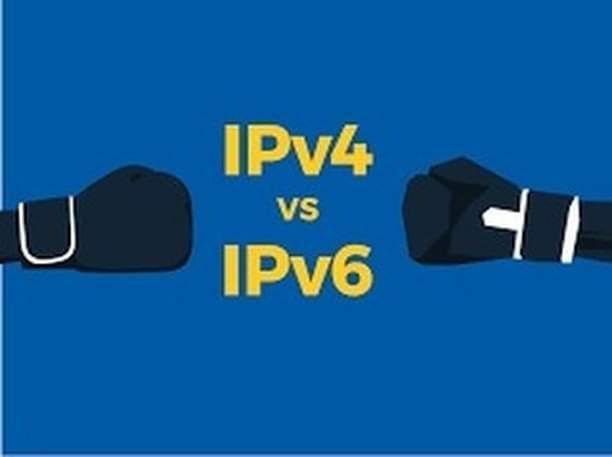
What is IPv4?
IPv4 (Internet Protocol version 4) is the standard address format that lets all machines on the internet communicate with one another. IPv4 is written as a 32-bit string of digits, and an IPv4 address is composed of four numbers, each between 0 and 255, and separated by periods.
Key features of IPv4
Introduced in 1978, IPv4 standardized the way computers on the internet talk to one another. It is a connectionless protocol, meaning that data can be sent out without requiring parties to spend time establishing a direct connection, and it requires only small amounts of memory.
IPv4 provides for over 4 billion unique addresses, which seemed like more than enough back then — but a lot can change over 40 years. As more and more devices come online, IPv4 is hitting its limits.
We need a new standard. Thankfully, we have a suitable candidate, one that’s already being used by millions of computers. It’s called IPv6.
What is IPv6?
IPv6 (Internet Protocol version 6) is an updated standard for identifying computers on the internet. Like IPv4, it gives every device a unique identifier, but one that has been adjusted to accommodate the increasing number of computers connected to the internet today.
IPv6 increases the number of possible IP addresses from IPv4’s 4 billion all the way up to 340 trillion trillion trillion. IPv6 is written as a 128-bit hexadecimal string of digits, and a typical IPv6 address looks something like this:
2001:0ab8:85a2:0000:0000:8a3e:0370:7334
Key features of IPv6
IPv6 streamlines data transfers by making any two addresses directly accessible to each other again. IPv4 had to introduce additional steps to compensate for the relative lack of unique address.
No longer will each packet of received data need to be checked to make sure it’s identical to what was sent, for example, as is necessary under a connectionless protocol. IPv4 uses a process called checksum to verify the integrity of the data being sent. Checksum is often performed multiple times, since a router directs traffic to multiple computers on one address. When each device can have its own permanent address, configuring them will become much simpler.
What's the difference between IPv4 and IPv6 addresses?
The difference between IPv4 and IPv6 addresses is that IPv6 addresses are longer and formatted differently, so there are more possible unique IPv6 address configurations. IPv4 is a 32-bit system using a string of numbers separated by periods, whereas IPv6 is a 128-bit system using alphanumeric sequences separated by colons.
Speed: IPv4 vs. IPv6
While the larger IPv6 header means that more data accompanies each transfer, the streamlined structure actually enables a quicker send. Under IPv4, most of the data you receive goes through an IP address shared by many others before getting forwarded to you. IPv6 communication takes less time, because one device sends data directly to another.
Direct connections ensure that all messages are received intact. Recall that IPv4 checks for errors at multiple points during the communication, prolonging the transfer time. By contrast, IPv6 checks for accurate data transmission at the TCP level. For the most part, we’ll see an uptick in internet speeds thanks to IPv6.
Security: IPv4 vs. IPv6
Being just one port in a sea of 340 trillion trillion trillion IP addresses will not be enough to hide your IP address. Hackers are sleuths who have trained themselves to predict human behavior. Patterns in data organization will be just as detectable with IPv6 addresses.
Nobody becomes more secure automatically by using IPv6 — in fact, it may be far less secure in the short term. IPv6 is relatively new and unfamiliar, and so is the process of configuring it. While most people are figuring it out, hackers and cybercriminals may take advantage of vulnerabilities that can be exploited on the level of network protocol.
thanks
@haidermehdi @hassanabid
@event-horizon@vvarishayy